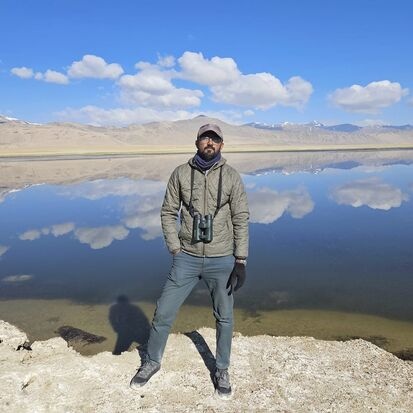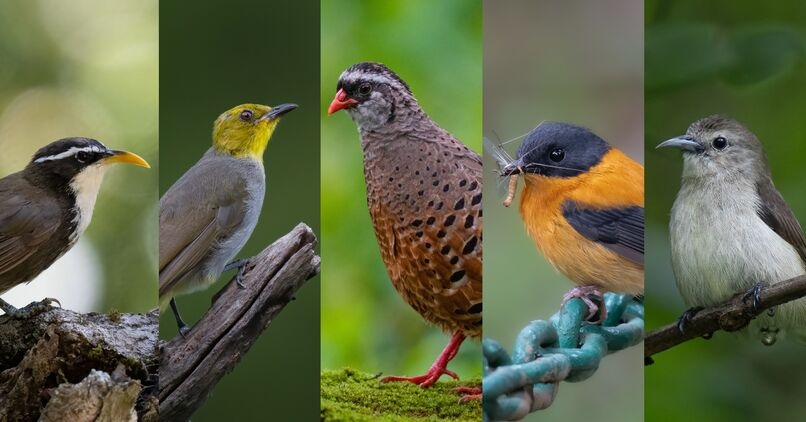
South India Birding: Western Ghat Endemics
South India Birding Tour concentrates on the endemic birds of the Western Ghats, recognized as one of 36 global biodiversity hotspots due to their high endemism and variety. The area is also crucial for wintering migrants, and we can expect to see some fantastic birds and fauna as we explore the majority of the region’s top birding locations. We will witness the majority of the 37 South Indian endemics, as well as those that are shared with Sri Lanka, and a diverse range of large mammals.
Day 1: Arrival and Travel to Thattekad
After your morning arrival in Cochin Airport in Kerala. We will spend some time looking for wading birds and shorebirds nearby. This area is usually heaving with birds, and we may find Asian Openbill, Wood Sandpiper, Little Ringed Plover, Black-winged Stilt, Ruff, Marsh Sandpiper, Temminck’s Stint, and Little Stint among others before we transfer to our hotel in Thattekad, where we will spend the next three nights as we explore this wonderful area.
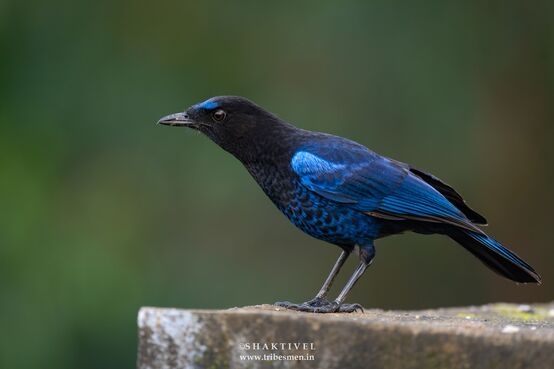
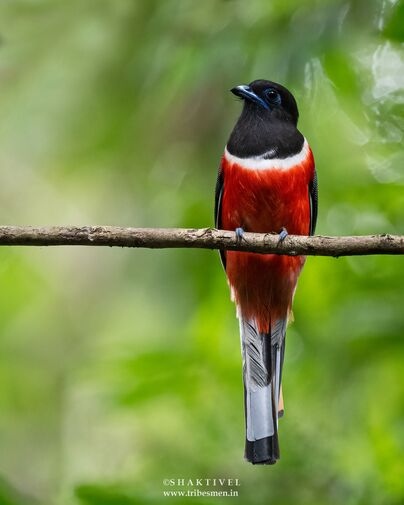
Day 2 & 3: Birding at Thattekad (Salim Ali Bird Sanctuary)
Salim Ali Bird Sanctuary is the prime birding destination in southern India. We will have two full days and nights to thoroughly explore and enjoy the sanctuary and the superb surrounding local area, and this is a fantastic location to commence our southern Indian birding in earnest.
Diurnal and nocturnal specialties here are many and include Indian Pitta, Grey Junglefowl, Flame-throated Bulbul, Grey-headed Bulbul, White-bellied Treepie, Malabar Woodshrike, Sri Lanka Frogmouth, Malabar Trogon, Red Spurfowl, Indian Swiftlet, Jungle Owlet, Spot-bellied Eagle-Owl, Rufous Babbler, Orange Minivet, Blue-faced Malkoha, Brown-breasted Flycatcher, White-bellied Blue Flycatcher, Rusty-tailed Flycatcher, Malabar Starling, Asian Fairy-bluebird, Loten’s Sunbird, Black-hooded Oriole, Common Emerald Dove, Black-rumped Flameback, and Thick-billed Warbler.
A few of the other species we will spend time concentrating on in Thattekad will be the Malabar Grey Hornbill, Malabar Whistling Thrush, Blue-bearded Bee-eater, Black-throated Munia, and Brown Hawk-Owl.
We will concentrate our efforts on the morning and afternoon sessions for passerine species, including Indian Blue Robin, White-bellied Blue Flycatcher, Tickell’s Blue Flycatcher, Puff-throated Babbler, and Orange-headed Thrush. Brown-breasted Flycatcher, Malabar Trogon, and Blue-winged Parakeet also occur here, and we will be looking for them.
We will also do some night sessions with the aim to cover nightbirds listed already above plus Sri Lanka Bay Owl, Great Eared Nightjar, Jerdon’s Nightjar, Indian Nightjar, Savanna Nightjar, and Eastern Barn Owl.
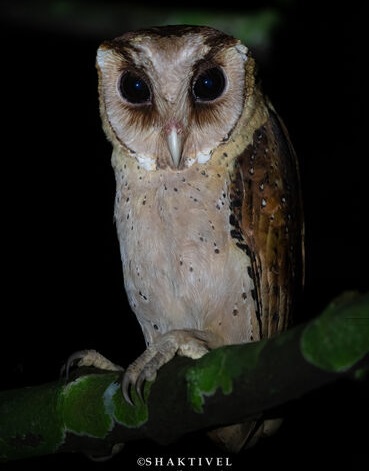
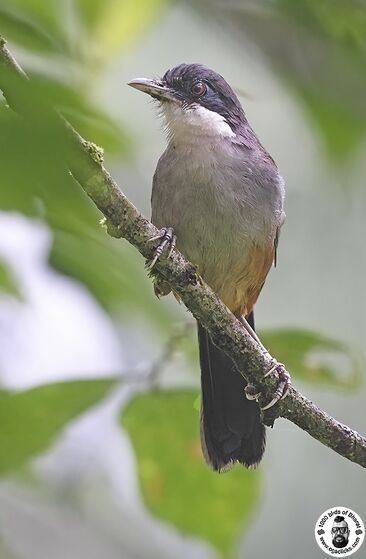
Day 4: Tranfer to Periyar Tiger Reserve
After a final morning of birding in Thattekad, we will move to Periyar. Afternoon visit to the fabulous Periyar Tiger Reserve to concentrate on locating the difficult Wayanad’s laughingthrush.
Day 5: Birding at Periyar Tiger Reserve
Periyar Tiger Reserve is one of the finest wildlife and birding destinations in South India. With over 320 bird species, it is an ideal habitat for tigers. Periyar Tiger Reserve contains a variety of habitats, from grassland and dry deciduous forest to evergreen forest and riverside scrub. As a result of its wide range of habitats, it boasts an impressive list of resident species, including about half the peninsular endemics and near-endemics. We spend the day searching here for some very special species, including Wayanad Laughingthrush. Malabar Grey Hornbill, Nilgiri Wood Pigeon, Blue-winged (Malabar) Parakeet, Great Hornbill, Nilgiri Flowerepecker, Black Baza, Nilgiri Thrush, Nilgiri Flycatcher, White-bellied Blue Flycatcher, Little Spiderhunter, and Crimson-backed Sunbird, and along the shoreline Asian Elephant and Sambar Deer feed, with Dhole also being possible.
Day 6 & 7: Birding at Munnar (Eravikulam National Park)
We will leave for Munnar via the Bodi Ghats, where we should sight the rare Yellow-Throated Bulbul, Indian Robin, Sirkeer Malkoha, Short-Toed Snake Eagle, Blue-faced Malkoha, and the Black Eagle. We will reach Munnar by evening.
The next day we will go birding in the sholas (high altitude montane forests) and grasslands for the Nilgiri Pipit, Painted Bush Quail, Nilgiri Wood Pigeon, Black & Orange Flycatcher, Nilgiri Flycatcher, White-bellied Sholakilli, Palani Laughingthrush, Malabar Imperial-Pigeon, Malabar Barbet, Malabar Woodshrike, Rufous Babbler, Broadtailed Grassbird, and Grasshopper Warbler. We will also look for Nilgiri Tahr, an endemic and endangered (IUCN) ibex found high in the mountains of the Western Ghats.
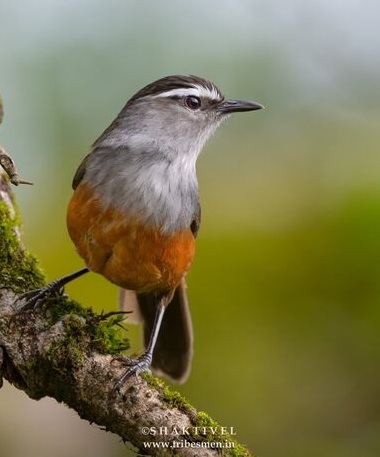
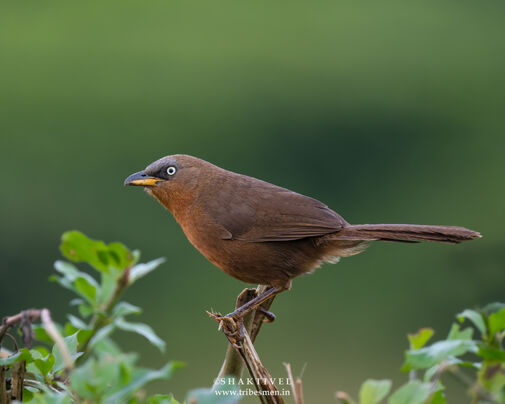
Day 8: Travel to Ooty
We take the long drive from Munnar to reach the old colonial British hill station of Ooty at about 2,200 meters (7,200 feet). We spent the afternoon around Sims Park at Coonoor, where we will search for Black-and-orange Flycatcher, Indian Blue Robin, Painted Bush Quail, Nilgiri Laughingthrush and aur targets of the following day.
Day 9: Birding around Ooty
Full-day birding around Ooty for the endemic Nilgiri Sholakilli, Nilgiri Flycatcher, Nilgiri Pipit, Nilgiri Wood-Pigeon, and Black and Orange Flycatcher. We also have a chance of the most elusive of endemics, Nilgiri Thrush lurking in the shadows.
We will spend the remainder of the day checking out patches of shola forest, where there are many of our trip target birds to be found; some of these include Malabar Whistling Thrush, Indian Blackbird, Jerdon’s Leafbird, Yellow-browed Bulbul, Malabar Barbet, Indain Yellow Tit, Hill Swallow, and Painted Bush Quail, Streak-throated woodpecker, Vernal Hanging Parrot, Black Eagle, Square-tailed Bulbul, and Bar-winged Flycatcher-shrike, Brown Fish Owl. After our afternoon session, we will drop down to Mudumalai. (35 km/90 mins).
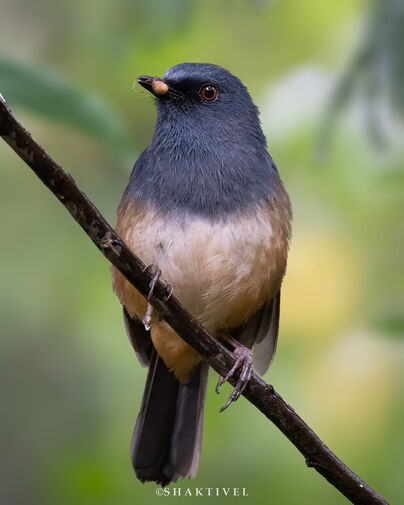
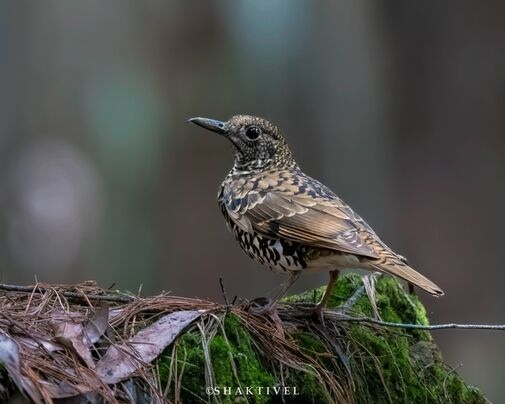
Day 10: Birding at Mudumalai Tiger Reserve
We will have the full day exploring around Mudumalai . The terrain is varied with hills, valleys, ravines, watercourses, and swamps, moist deciduous forests, dry deciduous forests, and scrub forests. Our targets include Indian Scimitar Babbler, Indian Pygmy Woodpecker, Jerdon’s Bushlark, Sirkeer Malkoha, Indian Nuthatch, White-bellied Minivet, Yellow-billed Babbler, White-browed Bulbul, White-cheeked Barbet, Jacobin Cuckoo, White-bellied Woodpecker, Green Warbler, Malabar Lark, and Nilgiri Flowerpecker. Occasionally, Nilgiri Thrush can be found lurking in a bamboo gulley.
Day 11: Ranganathittu Bird Sanctuary and Transfer to Bangalore
The morning will be spent in the marvelous Mudumalai area looking for any remaining targets from the previous day. After the morning birding, we travel to Mysuru (Mysore), birding at Ranganathittu Bird Sanctuary, where we will take a boat trip along the Cauvery (Kaveri) River. This small park is packed full of birds and offers some great photo opportunities of many, a perfect way to end the tour. During the boat trip, we could see Spot-billed Pelican, Streak-throated Swallow, White-spotted Fantail, Great Thick-knee, River Tern, and Indian Eagle-Owl. We are also likely to get some great views of Painted and Woolly-necked Storks before traveling to our very comfortable hotel near the Bangalore airport. (180 Kms/3hrs)

Day 12: Departure
Non-birding day. The tour concludes with international departure from Bengaluru (Bangalore).
However, if you would like to continue your birding adventure, you could join our Andaman Island Birding Tour for a range of endemic species found only on the Andaman Islands.
Contact us for a personalized South India birding trip with an expert regional guide.

